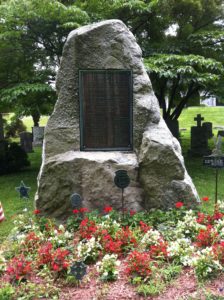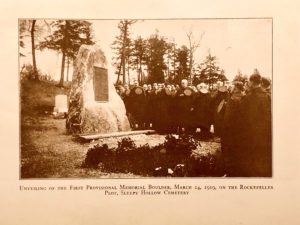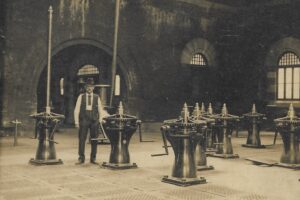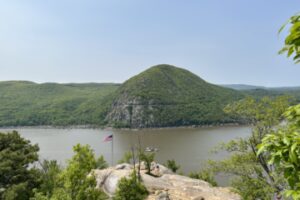
In the COVID-19 pandemic of 2020, New Yorkers are grateful to the New York National Guard for their service across the state, including feeding Westchester County residents, delivering medical equipment, and assisting the New York City Office of the Chief Medical Examiner with the somber task of collecting bodies that are overwhelming hospitals and funeral homes.
A little over a hundred years ago, New Yorkers were grateful for a very different type of service: the work of the First Provisional Regiment of the New York Guard, a volunteer force formed during World War I to protect the vast water supply system that brought more than 700 million gallons per day to New York City. They stood guard at exposed aqueduct features, from the Catskill Mountains to Hillview Reservoir in Yonkers, to prevent German sabotage.
One can only imagine the disruption and deprivation that would have resulted from a long-term cutoff of water to the city, particularly as the port of New York was the transit hub connecting the entire United States to the European allies and our expeditionary forces. While the aqueducts remained safe, the Regiment did end up being devastated by the Spanish Influenza pandemic that followed the war.
Every year, the 40 servicemen of the Aqueduct Guard who died while on duty are remembered for their sacrifice at a memorial service at Sleepy Hollow Cemetery. The monument there is a boulder from Bonticou Crag in the Catskill Mountains, unveiled on March 24, 1919, bearing a bronze plaque with the names of those whose lives were lost.
The plaque on the monument reads as follows: “This rock symbolizing the regiment which raises it hewn from Bonticou Crag on the line of the Catskill Aqueduct by the storms of ages was erected here marking the spot where one of its fatherless boys was buried by the regiment at the request of a mother a helpless widow and as a memorial to those who made the supreme sacrifice for their state in the service with the First Provisional Regiment guarding the 100 miles of the water supply system of the city of New York from Ashokan to Hillview during the Great War.”

As with today’s pandemic, health-care workers and support service workers like ambulance drivers risked their own safety, and some also perished along with the soldiers they were treating. The following passage from H-A-L-TT! – WHA-ZAA?, by Captain T.R. Hutton, 1919, illustrates the shortage of nurses available to the Regiment at the height of the pandemic:
“At the time Colonel Rose visited the hospital, Miss McElroy had been on duty for 24 hours continuously, and she was subsequently on duty at one time for 48 hours without sleep and with very little food. She was taken with influenza and narrowly escaped death.”
Even with the Keeper’s House Visitor Center closed and walks and tours canceled for the duration of the pandemic, you can still keep up with us at aqueduct.org.






